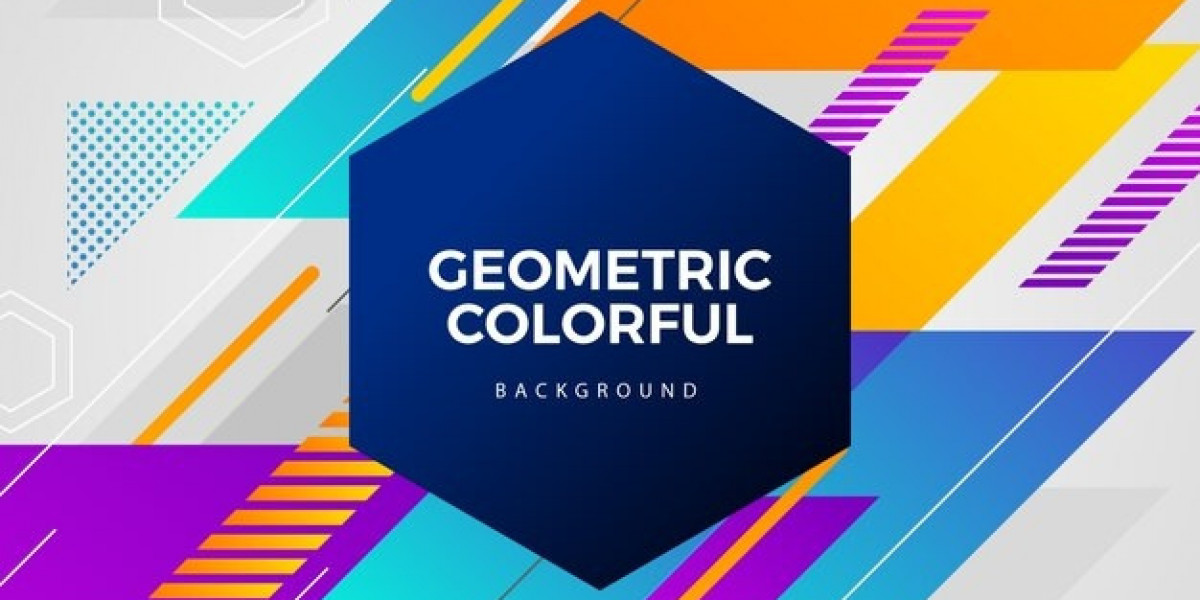If you're investing in paid advertising, you know the importance of post-click landing pages. They're supposed to be conversion machines—transforming visitors into leads, customers, or subscribers. But what happens when they don’t convert? Despite using the best landing page design services, you may still face poor conversion rates. That’s frustrating, especially when you're spending a significant portion of your marketing budget to drive traffic.
Let’s take a closer look at the reasons why your post-click landing pages aren’t performing as expected and what you can do to turn things around.
1. Lack of Message Match Between Ad and Landing Page
One of the most common and overlooked issues is a disconnect between your ad and your landing page. This concept is called "message match." If your ad promises one thing and your landing page delivers something else—or appears to—it leads to user confusion and distrust.
Fix:
Make sure the headline on your landing page closely mirrors the text and intent of your ad. Consistency reassures users that they’re in the right place and encourages them to move forward in the conversion funnel.
2. Poorly Designed User Experience (UX)
No matter how persuasive your copy is, a cluttered or confusing design can ruin the user experience. From complex navigation to hard-to-read fonts and lack of visual hierarchy, bad UX causes visitors to leave without taking action.
Fix:
Hire a professional landing page design service that understands UX principles. A well-designed page should be easy to scan, visually appealing, and guide users naturally toward your call to action (CTA).
3. Weak or Unclear Call to Action
Your CTA is arguably the most important element on your landing page. Yet, many pages suffer from weak, confusing, or poorly positioned CTAs. If users don’t know what to do next, they won’t do anything.
Fix:
Your CTA should be bold, clear, and action-oriented. Use phrases like “Get Started,” “Download Now,” or “Book Your Free Trial.” Also, place it where it’s easy to find—preferably above the fold and again near the bottom.
4. Too Many Distractions
If your landing page has multiple links, navigation bars, or too many different offers, it creates cognitive overload. The user becomes distracted, confused, and ultimately exits the page.
Fix:
A post-click landing page should have one goal and one CTA. Remove all unnecessary links, menus, or unrelated content. Keep the user laser-focused on the action you want them to take.
5. Slow Page Load Time
Speed is critical. Studies show that a one-second delay in page load time can reduce conversions by up to 7%. If your landing page is slow, users will leave before it even finishes loading.
Fix:
Optimize images, use fast hosting, and eliminate unnecessary scripts. Tools like Google PageSpeed Insights or GTmetrix can help diagnose and fix performance issues.
6. Non-Mobile-Friendly Design
In today's mobile-first world, a landing page that doesn't perform well on smartphones and tablets is a liability. If your page looks broken or loads slowly on mobile, users won’t hesitate to abandon it.
Fix:
Use a responsive design that adapts seamlessly to any screen size. Reliable providers will prioritize mobile optimization as a standard practice.
7. Lack of Trust Signals
Would you give your email or credit card information to a page that looks shady? Probably not. Without trust signals—like testimonials, reviews, security badges, or recognizable logos—users will hesitate to convert.
Fix:
Add trust-building elements strategically throughout the page. Testimonials, case studies, trust badges, and social proof all play a crucial role in increasing credibility.
8. Ineffective Copywriting
Great design can get attention, but great copy seals the deal. If your message is vague, unengaging, or doesn’t communicate value, your conversion rates will suffer.
Fix:
Focus on benefits, not just features. Speak directly to your audience’s pain points and desires. Use compelling headlines, subheadings, and bullet points to make your content digestible.
9. No Clear Value Proposition
If users can't figure out what’s in it for them within the first few seconds, they’ll leave. Your landing page must answer the question: “Why should I care?”
Fix:
Your value proposition should be the first thing users see. It should explain, in one sentence, how your offer solves a problem or improves their life. Make it bold, concise, and specific.
10. Over-Reliance on Stock Photos
Visuals are powerful, but if you're using generic stock photos, they can make your page feel impersonal and untrustworthy. Users can spot inauthenticity from a mile away.
Fix:
Use high-quality, original images whenever possible. If you must use stock photos, choose ones that feel genuine and relevant to your brand. Better yet, include images of real people, products, or teams involved in your business.
11. Ignoring A/B Testing
Assuming your first version is your best version is a costly mistake. Without testing different elements of your landing page, you won’t know what works and what doesn’t.
Fix:
Run A/B tests on key components such as headlines, CTA buttons, layouts, and images. Over time, testing helps you refine your page and significantly boost conversions.
12. Generic, One-Size-Fits-All Approach
Trying to appeal to everyone often results in appealing to no one. A generic landing page can’t address the specific needs and desires of different customer segments.
Fix:
Segment your audience and create personalized landing pages for each group. Tailored messaging and design lead to higher engagement and better results.
13. No Analytics or Conversion Tracking
If you’re not tracking what users do on your landing page, how can you improve it? Without data, you're flying blind.
Fix:
Set up tools like Google Analytics, Hotjar, or conversion tracking in your ad platform. This data helps you understand user behavior and optimize accordingly.
Conclusion
If your post-click landing pages aren’t converting, it’s not just a matter of bad luck. Conversion rate issues often stem from deeper problems—ranging from mismatched messaging to poor design, slow load speeds, or lack of clarity. By addressing the pain points listed above and working with experts, you can turn things around.
Every aspect of your landing page should work together to guide the visitor to take action. Whether you’re looking to capture leads, sell products, or promote an event, a specialized approach can make all the difference.
Don’t settle for mediocre results. Audit your existing pages, apply these insights, and test constantly. Your perfect landing page is not a static destination—it’s a continuous journey of improvement.










